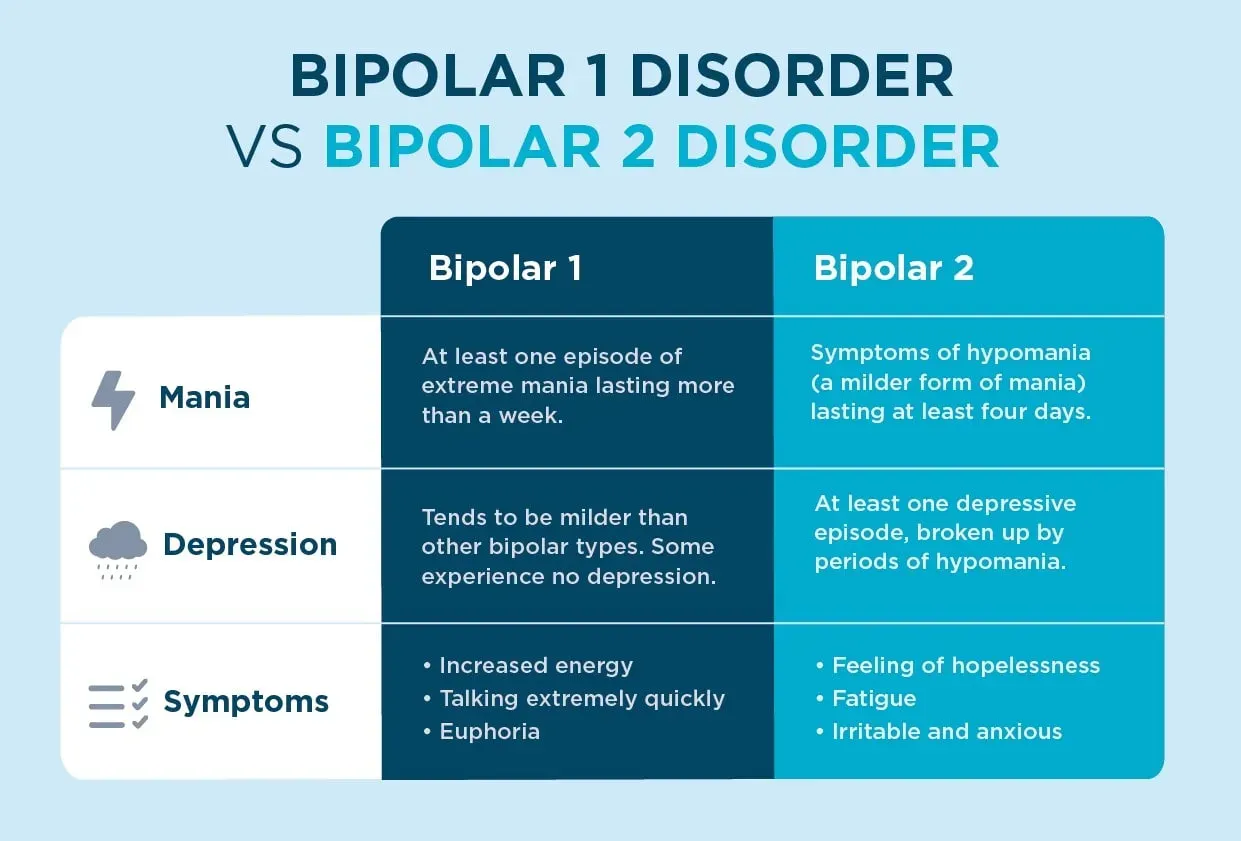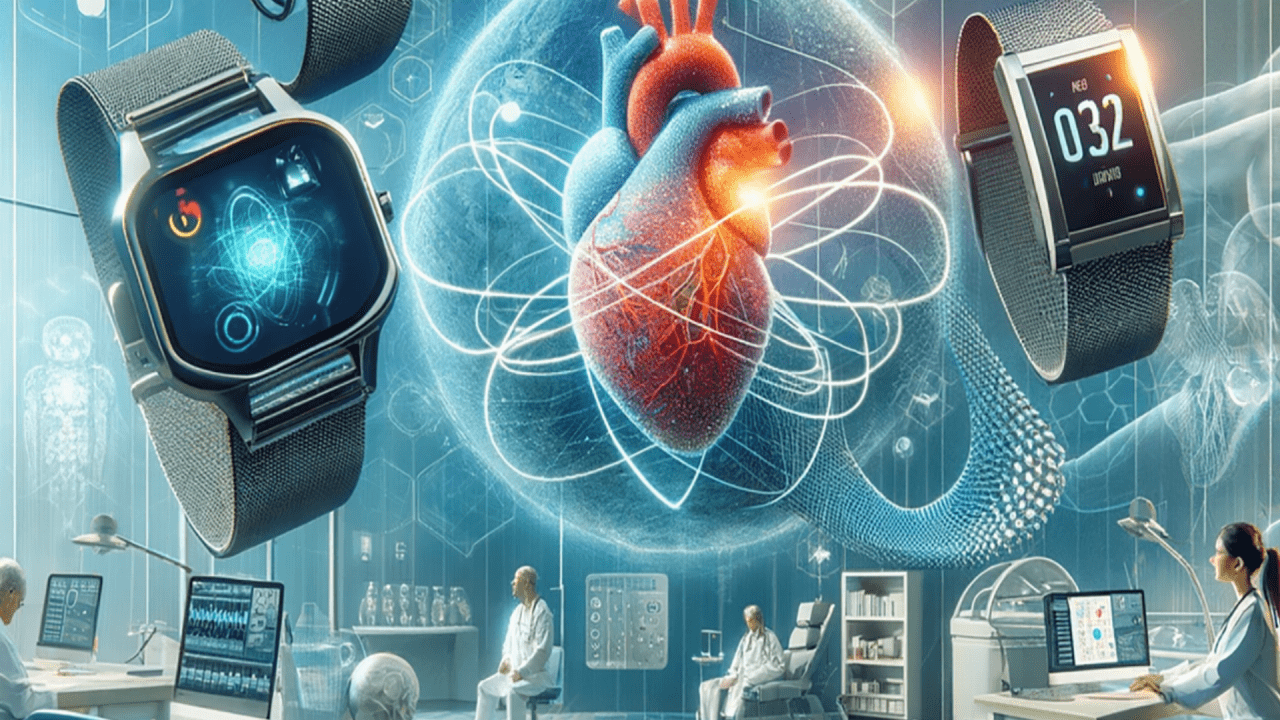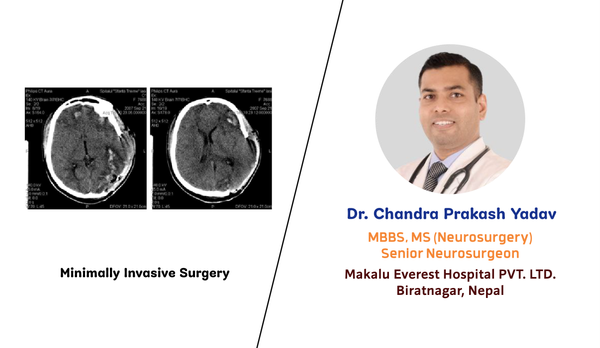Bipolar Disorder
Extreme mood swings or episodes of mania and depression are hallmarks of bipolar disorder, formerly known as manic-depressive illness. Periods of extreme energy, high mood, and impulsive behavior — known as mania — can alternate with depressive and manic episodes of profound sadness and hopelessness.
Manic-depressive illness, now more commonly known as bipolar disorder, is a mental health condition characterized by extreme mood swings or episodes of mania and depression.
The term “manic-depressive illness” was historically used to describe the disorder and highlights the two main phases of the condition: manic episodes and depressive episodes.
A person’s everyday life, relationships, and general functioning can all be greatly impacted by these mood episodes, which can linger for weeks or months.
Bipolar disorder is a mental illness that causes extreme mood swings, ranging from emotional highs (mania or hypomania) to lows (depression). These mood swings can significantly affect a person’s day-to-day life, relationships, and work.
Symptoms of Mania or Hypomania
. Elevated mood: Feeling excessively happy, euphoric, or irritable.
. Increased energy: Having an abundance of energy and feeling restless.
. Racing thoughts: Thinking rapidly and jumping from one idea to another.
. Talkativeness: Talking excessively and loudly, often with difficulty staying on topic.
. Grandiosity: Having an inflated sense of self-importance and believing one has special powers or abilities.
. Decreased need for sleep: Requiring little to no sleep and feeling energetic all day and night.
. Engaging in risky behavior: Making impulsive decisions that can have negative consequences, such as spending sprees, gambling, or reckless sexual activity.
. Distractibility: Easily losing focus and being sidetracked by even minor stimuli.
. Possible delusions or hallucinations: Having false beliefs or seeing or hearing things that are not there.
There are three main types of bipolar disorder:
Bipolar I Disorder
This is characterized by manic episodes that last at least seven days or by manic symptoms that are severe enough to require immediate hospitalization. Depressive episodes typically occur as well, lasting for at least two weeks.
Bipolar II Disorder
In this type, individuals experience both depressive and hypomanic episodes. Hypomanic episodes are less severe than full-blown manic episodes and do not typically lead to significant impairment. Depressive episodes are often more frequent and can be more prolonged.
Cyclothymic Disorder
This is a milder form of bipolar disorder characterized by episodes of hypomania and mild depression that last for at least two years (one year in children and adolescents). However, the symptoms do not meet the criteria for full-blown manic or depressive episodes.
The exact cause of bipolar disorder is not fully understood, but it is likely to involve a combination of genetic, biological, and environmental factors. Treatment typically involves a combination of medication, such as mood stabilizers, antipsychotics, and antidepressants, as well as psychotherapy and lifestyle changes.

It’s important to note that not everyone with bipolar disorder will experience all of these symptoms, and the severity of symptoms can vary from person to person.
If you are concerned that you or someone you know may have bipolar disorder, it is important to seek professional help from a mental health professional. Early diagnosis and treatment can make a significant difference in managing the symptoms and improving quality of life.




